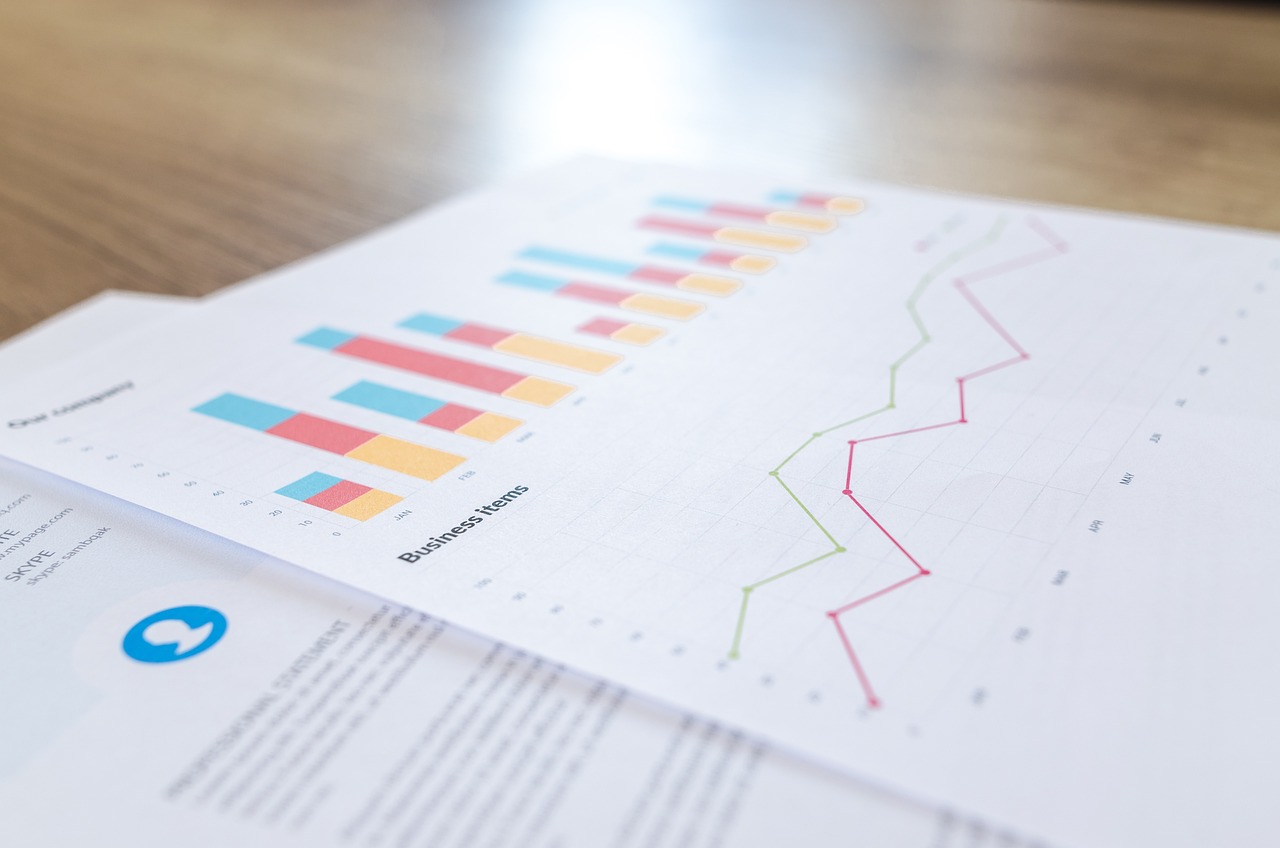Introduction
The financial sector is witnessing a paradigm shift with the integration of Artificial Intelligence (AI) in financial data analysis. Traditional market prediction methods relied heavily on human expertise and historical trends. However, AI-driven systems now leverage big data, machine learning algorithms, and predictive analytics to provide real-time, accurate market insights.
As financial markets become increasingly complex, AI is revolutionizing the way investors, traders, and financial institutions interpret and utilize financial data. This article explores the role of AI in analyzing financial data, its impact on market predictions, and future trends in AI-driven financial analytics.
The Evolution of Financial Data Analysis
Financial data analysis has evolved from simple spreadsheet-based models to sophisticated AI-powered tools. Traditionally, analysts used fundamental and technical analysis to predict market trends. However, AI enhances these methodologies by processing massive datasets at unprecedented speeds and uncovering hidden patterns that human analysts might overlook.
Key Components of AI in Financial Data Analysis:
- Machine Learning (ML): AI algorithms learn from historical financial data to identify patterns and predict future market movements.
- Natural Language Processing (NLP): NLP analyzes news, reports, and social media sentiment to gauge market sentiment.
- Neural Networks: Deep learning models process large volumes of financial data to recognize complex correlations.
- Predictive Analytics: AI-driven analytics predict stock prices, currency fluctuations, and economic trends with high accuracy.
- Automation & Robotics: AI-powered trading bots execute trades based on real-time financial data analysis, reducing human error.
How AI is Transforming Market Predictions
AI has significantly improved the accuracy and efficiency of market predictions by integrating real-time data analysis and automation. Here’s how:
1. AI-Driven Sentiment Analysis
Market sentiment plays a crucial role in stock prices and investment decisions. AI-powered sentiment analysis tools process data from financial news, social media, and earnings reports to assess market mood.
- Example: AI algorithms analyze Twitter posts and financial news headlines to predict how public sentiment might affect stock prices.
2. High-Frequency Trading (HFT)
AI enables high-frequency trading, where algorithms execute thousands of trades per second based on real-time market data.
- Benefits:
- Faster trade execution
- Reduced market volatility
- Enhanced risk management
3. Fraud Detection and Risk Management
AI enhances financial security by detecting fraudulent transactions and identifying investment risks. Machine learning models analyze historical fraud patterns to detect anomalies in financial transactions.
- Example: Banks use AI-driven fraud detection systems to identify suspicious transactions and prevent financial crimes.
4. Predictive Stock Market Analytics
AI-driven predictive analytics help investors make data-driven decisions by analyzing historical stock market trends and forecasting future price movements.
- Example: AI models predict stock price fluctuations based on historical patterns, economic indicators, and global events.
5. Personalized Investment Recommendations
Robo-advisors powered by AI provide personalized investment strategies by analyzing an investor’s financial history, risk tolerance, and market conditions.
- Example: AI-powered platforms like Betterment and Wealthfront offer automated financial planning based on user preferences and market trends.
Benefits of AI in Financial Data Analysis
AI-driven financial data analysis offers several advantages that transform market predictions and investment strategies:
1. Increased Accuracy and Efficiency
AI eliminates human bias and errors, providing more accurate and reliable financial predictions. AI-driven analytics also process vast amounts of data much faster than traditional methods.
2. Enhanced Decision-Making
Financial institutions leverage AI insights to make informed investment decisions, reducing risks and maximizing returns.
3. Real-Time Market Analysis
AI continuously analyzes financial data in real time, allowing traders to react quickly to market fluctuations.
4. Cost Reduction
AI-powered automation reduces the need for manual financial analysis, lowering operational costs for financial firms.
5. Improved Risk Management
By identifying patterns and trends in financial data, AI helps investors mitigate risks and avoid potential market downturns.
Challenges and Limitations of AI in Financial Data Analysis
Despite its advantages, AI in financial data analysis faces several challenges:
1. Data Privacy and Security Concerns
With AI handling sensitive financial data, cybersecurity threats and data breaches remain a significant concern.
2. Algorithmic Bias
AI models may inherit biases from historical data, leading to inaccurate predictions or unfair trading advantages.
3. Lack of Human Intuition
AI-driven market predictions rely solely on data patterns and lack human intuition, which is crucial in volatile markets.
4. Regulatory Compliance Challenges
Governments and financial regulators must establish guidelines to ensure AI-driven financial analysis remains ethical and transparent.
Future Trends in AI-Powered Financial Analysis
The future of AI in analyzing financial data is promising, with continuous advancements in technology and data processing capabilities. Here are some key trends:
1. Explainable AI (XAI)
As AI becomes more integral to financial decision-making, there is a growing need for transparency in AI models. Explainable AI ensures that financial professionals understand AI-generated predictions.
2. AI-Powered Blockchain Integration
Combining AI with blockchain technology will enhance financial security, improve fraud detection, and enable decentralized finance (DeFi) applications.
3. Quantum Computing in Financial Data Analysis
Quantum computing has the potential to process vast amounts of financial data exponentially faster, improving the accuracy of market predictions.
4. Expansion of AI-Powered Robo-Advisors
AI-driven robo-advisors will become more advanced, offering fully autonomous financial planning and portfolio management.
5. AI-Driven ESG (Environmental, Social, and Governance) Investments
AI will help investors analyze sustainability data and make ethical investment decisions aligned with ESG criteria.
Conclusion
The role of AI in analyzing financial data is revolutionizing market predictions and transforming the financial industry. From sentiment analysis to predictive analytics and automated trading, AI-driven insights are reshaping investment strategies and risk management.
While challenges such as data security, algorithmic bias, and regulatory compliance persist, continuous advancements in AI technology will further enhance financial data analysis. As AI-powered financial tools evolve, businesses, investors, and financial institutions must embrace AI-driven analytics to stay ahead in the competitive financial landscape.
The future of AI in financial data analysis is bright, promising improved efficiency, accuracy, and transparency in market predictions and investment decision-making.

